-
Troppo Plant & Garden Articles
- Delicious Recipes
- TROPPO’s Food Forest in Te Puke, BOP (www,foodforest.org.nz)
- Troppo’s Plant Collection
- TROPPO's Nursery Directory
- Food Forests of New Zealand (www.foodforests.nz)
- Nursery Map - Plant Suppliers of NZ Directory (www.nurserymap.nz)
- Kids Garden Corner
- New Zealand Garden Bird Survey
- New Zealand Garden Groups
Vibrant Marigold Growing Tips: Your Essential Guide for New Zealand Gardens
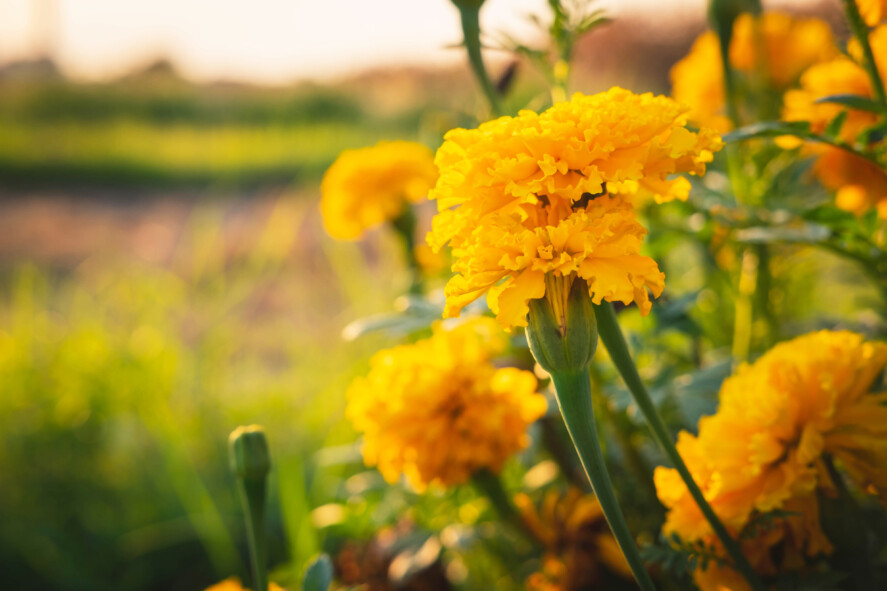
Marigold Growing Guide: Marigolds delight gardeners, and growing them in New Zealand is both rewarding and easy. Whether you’re a seasoned gardener or just starting out, marigolds make a fantastic choice due to their vibrant colors, pest-repelling properties, and low maintenance requirements. This Marigold Growing Guide will cover everything you need to know to grow these beautiful flowers successfully in New Zealand.
Why Grow Marigolds?
Firstly, marigolds offer incredible versatility. You can grow them in gardens, pots, and even as companion plants in vegetable gardens. Their bright, cheerful blooms add a splash of color to any garden space. Additionally, marigolds repel pests such as aphids and nematodes, making them a valuable addition to your garden.
Choosing the Right Marigold Variety
When planning your marigold garden, choose the right variety. Select from African marigolds (Tagetes erecta), French marigolds (Tagetes patula), or Signet marigolds (Tagetes tenuifolia). African marigolds are larger and ideal for garden beds, while French marigolds are smaller and perfect for borders and pots. Signet marigolds have delicate, fern-like foliage and are great for edible gardens.
Planting Marigolds
Marigolds need a sunny location with well-draining soil. They thrive in full sun, which helps them produce more blooms. Prepare the soil by adding compost or organic matter to improve its fertility. This step ensures healthy plant growth.
Sow the seeds or plant seedlings after the last frost date in your region. Sow marigold seeds directly into the garden or start them indoors about six weeks before the last expected frost. Space seedlings about 20-30 centimeters apart to allow room for growth.
Caring for Your Marigolds
Once planted, marigolds require minimal care. Regular watering is essential, especially during dry spells. Water at the base of the plant to avoid wetting the foliage, which can lead to fungal diseases. Apply a layer of mulch around the plants to retain soil moisture and suppress weeds.
Deadhead spent flowers to encourage continuous blooming. Pinch off the faded flowers to promote new growth. Fertilizing marigolds is usually unnecessary, but if you choose to, use a balanced fertilizer sparingly.
Dealing with Pests and Diseases
While marigolds are generally pest-resistant, they can still be affected by certain pests and diseases. Manage aphids, spider mites, and whiteflies with insecticidal soap or neem oil. If fungal diseases such as powdery mildew appear, ensure good air circulation around the plants and avoid overhead watering.
Marigolds in Companion Planting
Interestingly, marigolds excel as companion plants. Plant them alongside vegetables like tomatoes, beans, and carrots to deter pests and improve overall plant health. Their natural pest-repelling properties make them a valuable ally in any garden.
Harvesting and Using Marigolds
Finally, harvest marigold flowers for various uses. Use them as beautiful cut flowers for bouquets or create natural dyes. Some marigold varieties, like Signet marigolds, are edible and can be added to salads for a splash of color and flavor.
In conclusion, growing marigolds in New Zealand is a delightful and straightforward process. Follow this Marigold Growing Guide to enjoy a vibrant and pest-free garden. Happy gardening!



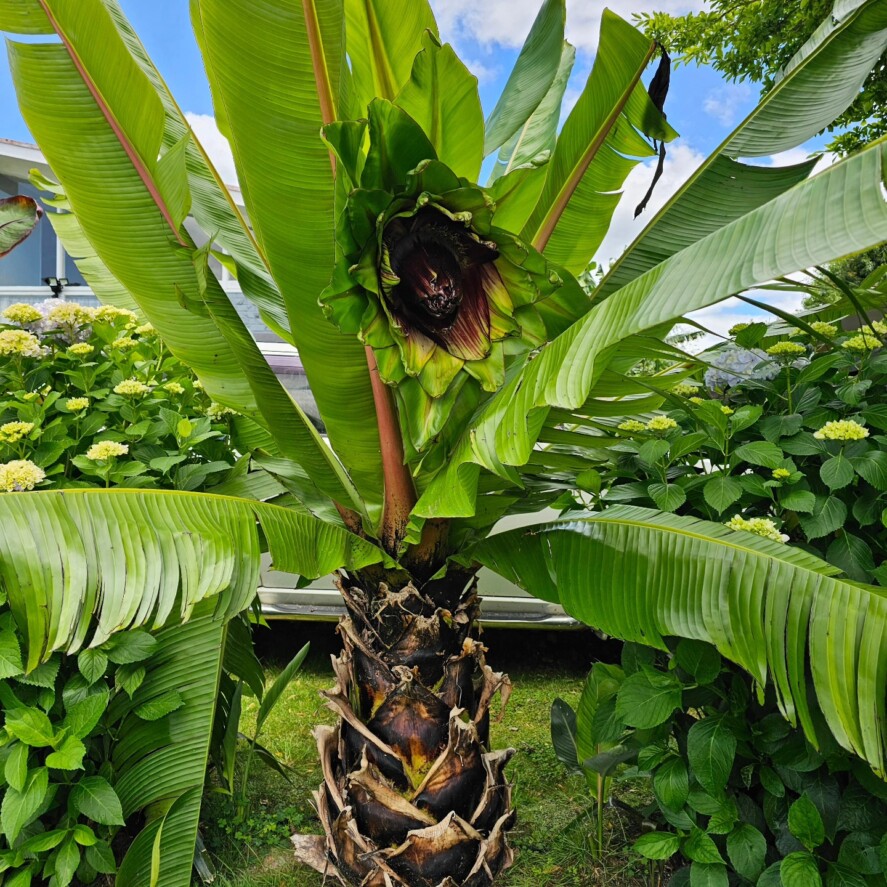
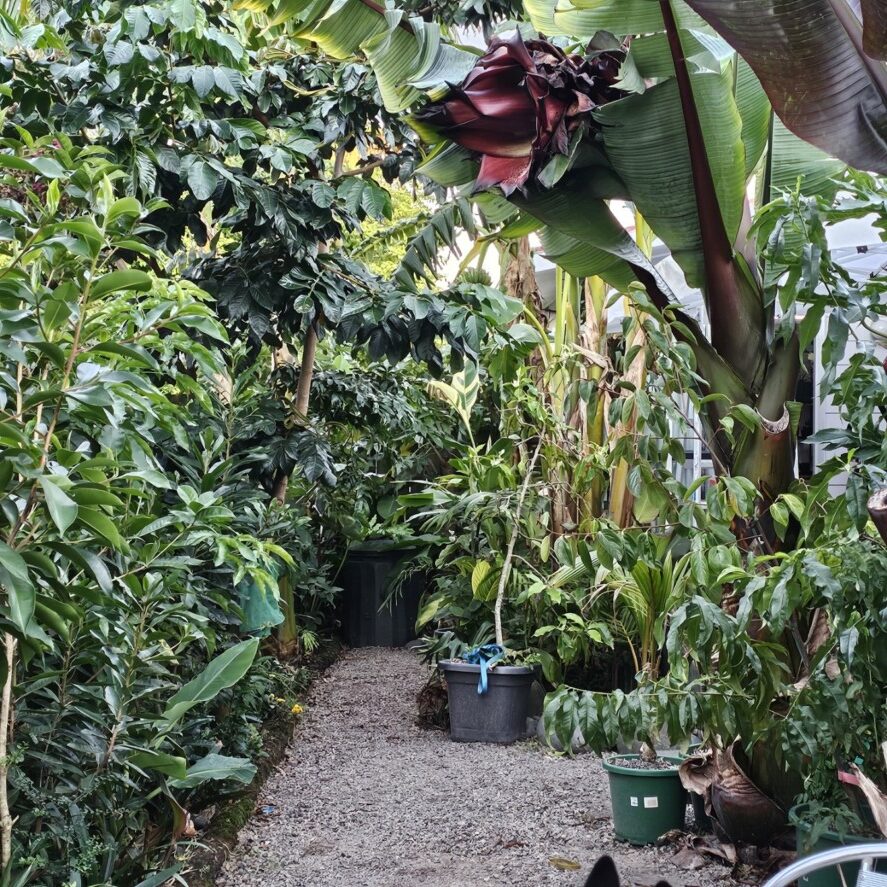
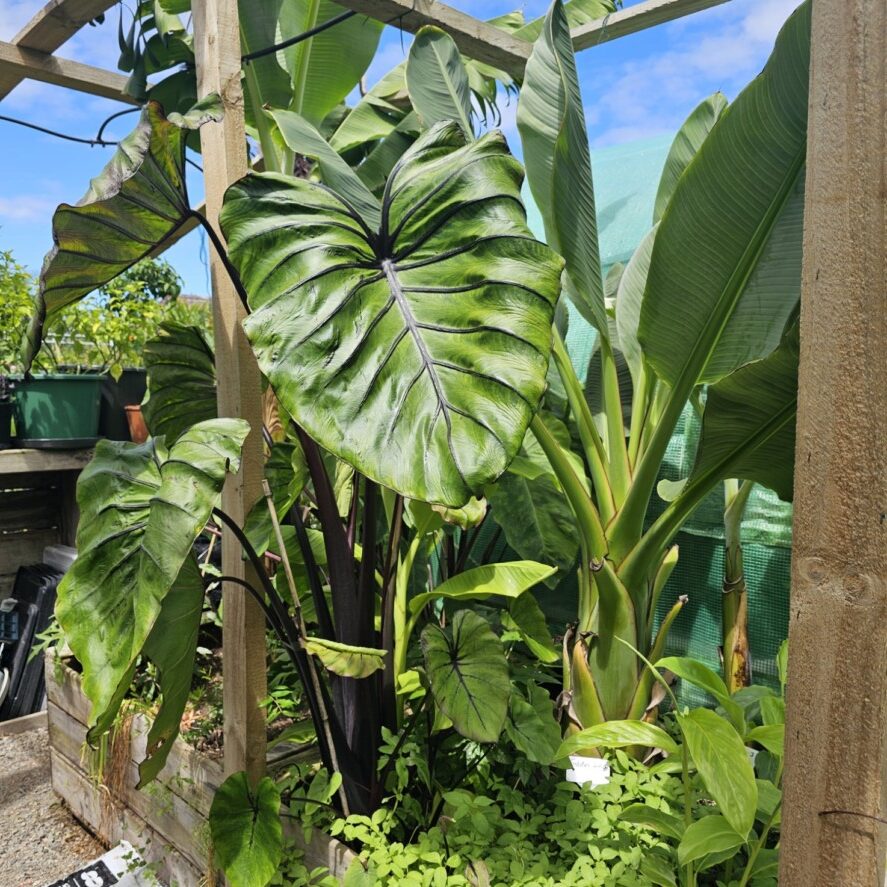

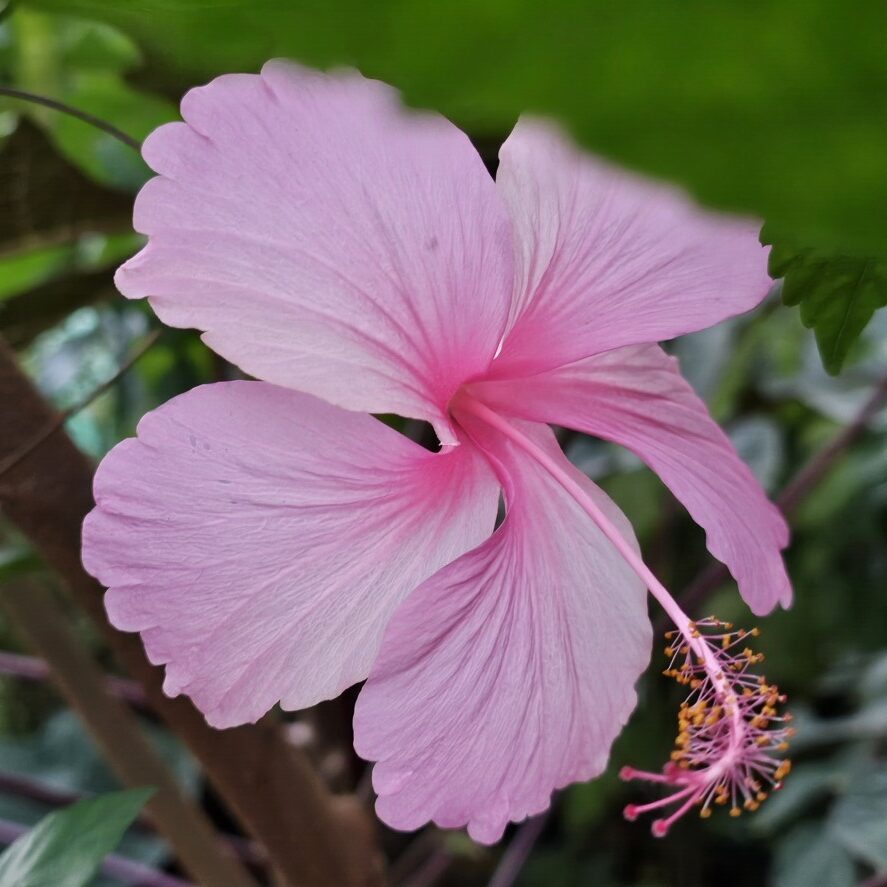
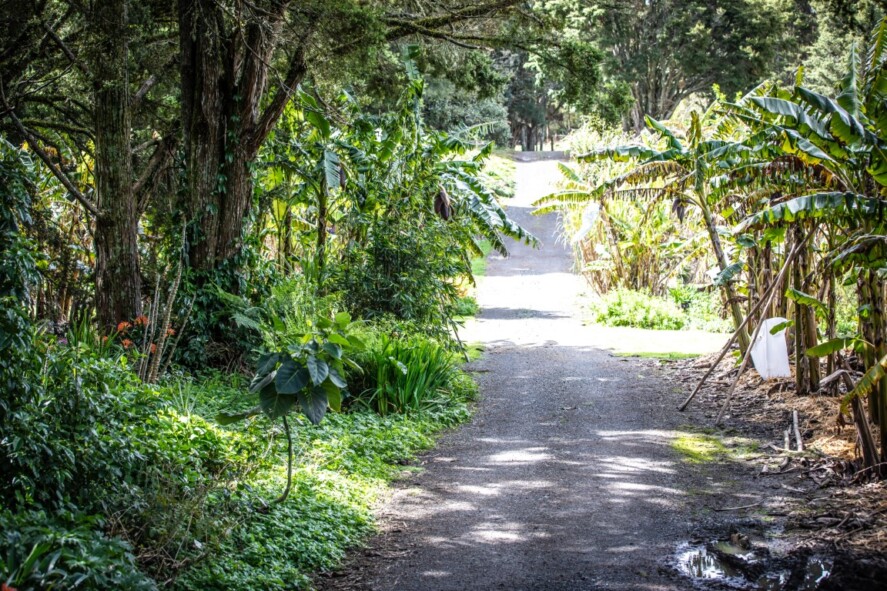
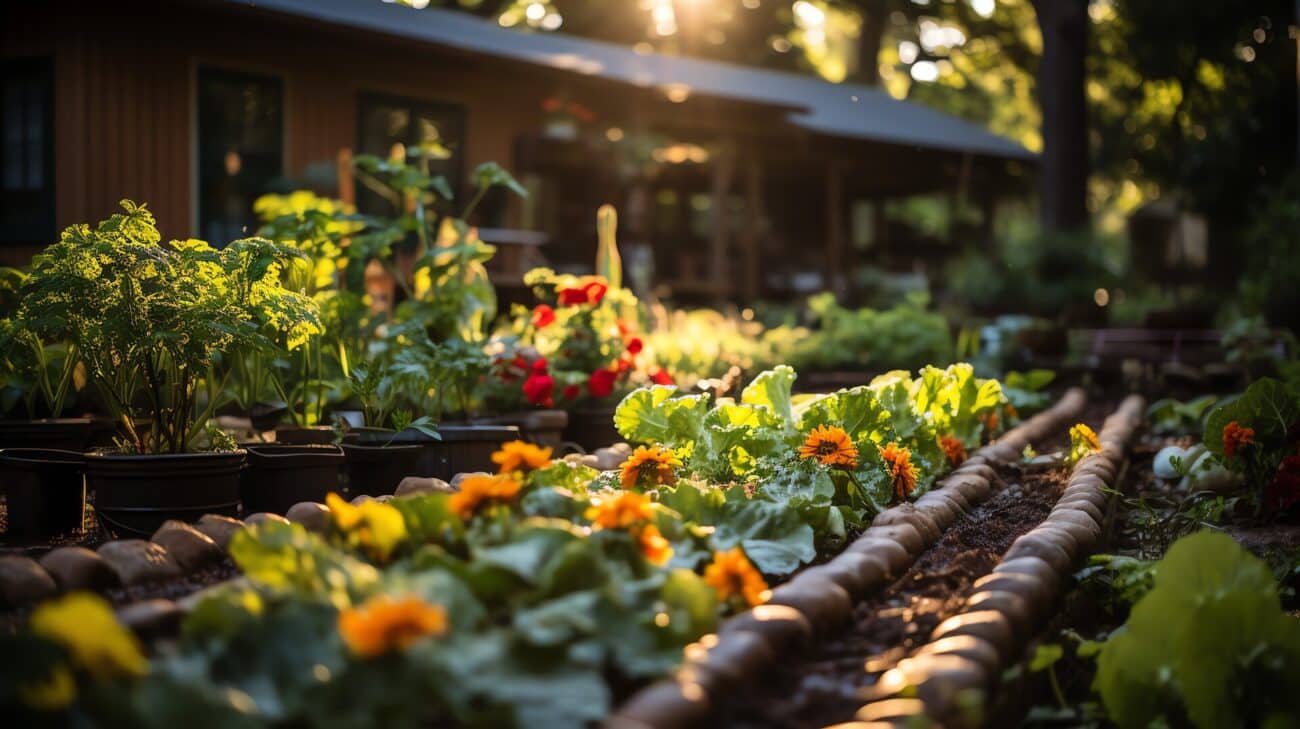
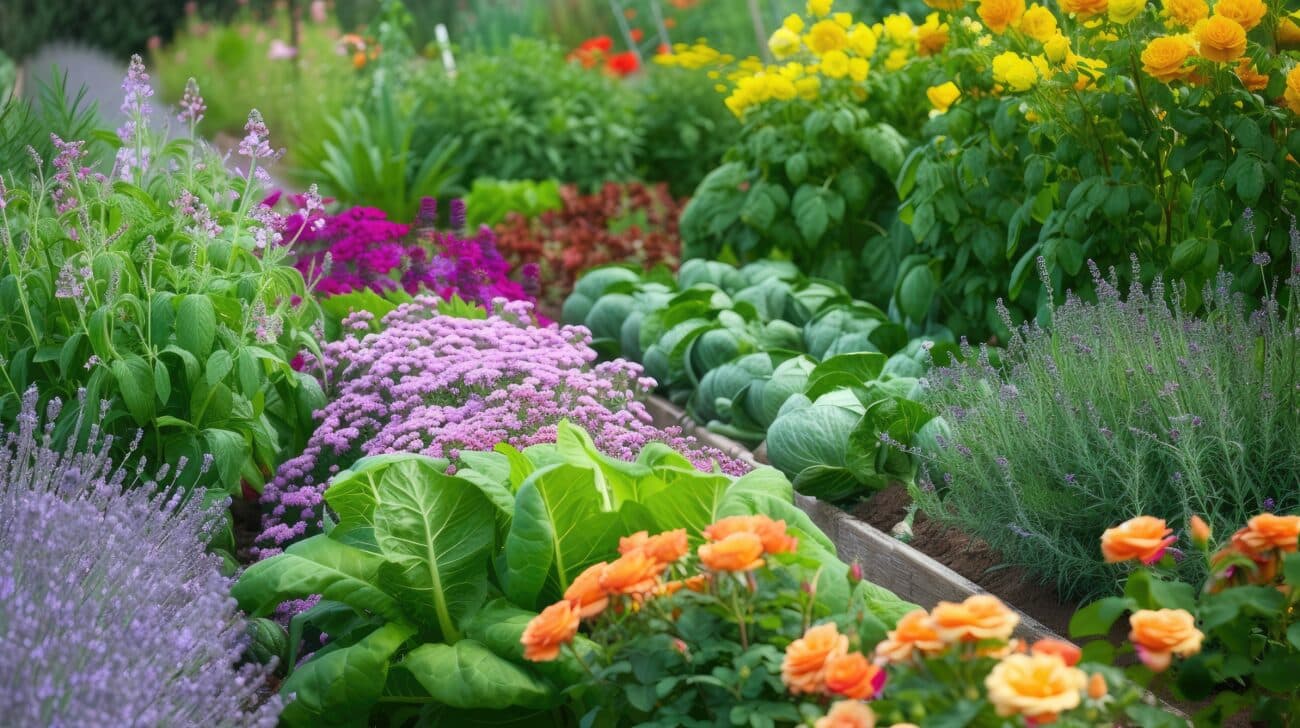




This article offers nice detailed steps for planting marigolds. Good to know they can repel aphids and attract helpful insects.
I appreciate the different planting guidelines for garden beds and pots. Makes it easier for different gardening setups.
It’s interesting to see the variety of marigolds mentioned. I’ve heard about French Vanilla and Jolly Jester before.
The tips for nourishing and watering plants were helpful. I’ll make sure to follow these for better marigold growth.
Very informative article. The detailed fertilizing schedule and deadheading tips seem really useful.